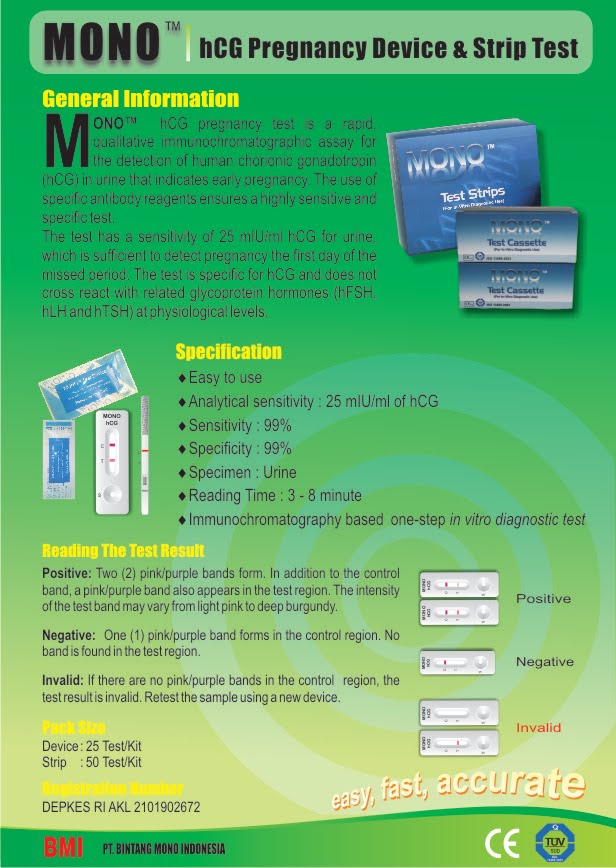How dilated can you be without being in labor
What it means and when will labor start?
Dilating to 1 centimeter does not necessarily mean that labor is only hours or days away. The cervix can be dilated to 1 centimeter for weeks before the beginning of labor. This extent of dilation only signals that the cervix is starting to prepare for labor.
Most pregnant women spend some time wondering when they will go into labor, especially as the due date draws near. When the opening of the cervix starts to widen, this is called dilation, and it is one sign that labor is approaching.
Dilation is typically measured in centimeters (cm). During active labor, the cervix fully dilates to 10 cm.
In this article, we look at what dilation is and what dilating to 1 cm signals. We also describe other signs that labor may start soon.
The cervix is a narrow passage that connects the uterus and the vagina. During active labor, the cervix will dilate until it reaches 10 cm.
By this time, the cervix will already have undergone several changes.
During menstruation, the cervical opening allows the lining of the uterus to exit. During pregnancy, hormones cause the mucus in the cervix to thicken, fill the opening, and form what the medical community calls a mucus plug to protect the fetus.
This plug is in place for most of the pregnancy. However, in the third trimester, the cervix will begin to soften and thin, in a process called effacement. The cervical opening also begins to widen, or dilate.
A healthcare provider usually assesses the extent of dilation and effacement during routine visits. It is not uncommon for a doctor to consider 1 cm of dilation a sign of prelabor.
The time between dilating to 1 cm and giving birth varies from woman to woman.
One woman may go from having a closed cervix to giving birth in a matter of hours, while another is 1–2 cm dilated for days or weeks.
Some women do not experience any dilation until they go into active labor. This means that the cervix is completely closed initially, but it widens to 10 cm as labor progresses. It is especially common in first pregnancies.
It is especially common in first pregnancies.
For other women, especially those who have given birth before, dilation may start a few days or weeks before labor begins.
Dilation alone is not considered a sign of labor. Rather, it is the body’s way of starting to prepare for labor.
Anyone concerned about early dilation should speak with a doctor. The doctor will assess the extent of dilation and any other signs that labor is imminent.
The following are some common signs that labor has begun or will begin shortly:
Contractions
Share on PinterestMore frequent contractions are a common sign that labor has begun or will begin soon.
Contractions are the tightening and releasing of the uterine muscle.
Many women experience contractions throughout a pregnancy. These are common, though they can be concerning if a person is pregnant for the first time.
When contractions happen before labor, the medical community calls them Braxton-Hicks contractions. They are the body’s way of warming up the muscles responsible for delivering the baby.
They are the body’s way of warming up the muscles responsible for delivering the baby.
The key differences between Braxton-Hicks and labor contractions involve their duration, frequency, and associated pain.
If contractions seem to occur randomly and they are painless, they are likely Braxton-Hicks contractions. Contractions that occur close to a due date are usually more frequent, longer-lasting, and painful.
The time between contractions is an important indication of labor. When contractions start to occur regularly and cause pain, let a healthcare provider know.
Losing the mucus plug
When pregnancy begins, a mucus plug seals the opening of the cervix. This plug will break apart and fall away as dilation progresses.
When the plug falls away, it may look like discharge. The color can range from clear to pink, and the plug may be slightly bloody.
A woman may go into labor within a few days or weeks of losing the mucus plug.
Water breaking
When labor is about to start, the membrane surrounding the baby can break and fall away. The water breaking is one of the most commonly recognized signs of labor.
The water breaking is one of the most commonly recognized signs of labor.
It can result in a sudden gush of liquid, or only a trickle. Some women may not notice because there is so little fluid.
Notify a doctor about any fluid leakage and other symptoms, such as cramping and contractions.
Lightening
To prepare for labor, the body shifts the fetus closer to the cervix.
The medical community calls this lightening, and it can occur anywhere from a few hours to a few weeks before active labor begins.
Share on PinterestCall a doctor or midwife for advice if you think your cervix may be dilating.
A doctor or midwife usually discovers that the cervix has dilated to 1 cm during a regular exam.
Contact the doctor about any signs of labor, such as regular contractions, cramping, or the water breaking.
Depending on the extent of dilation, the doctor may recommend resting in bed or avoiding strenuous activity.
In a 2015 review, researchers studied the outcomes of 82 women admitted to the hospital for preterm labor.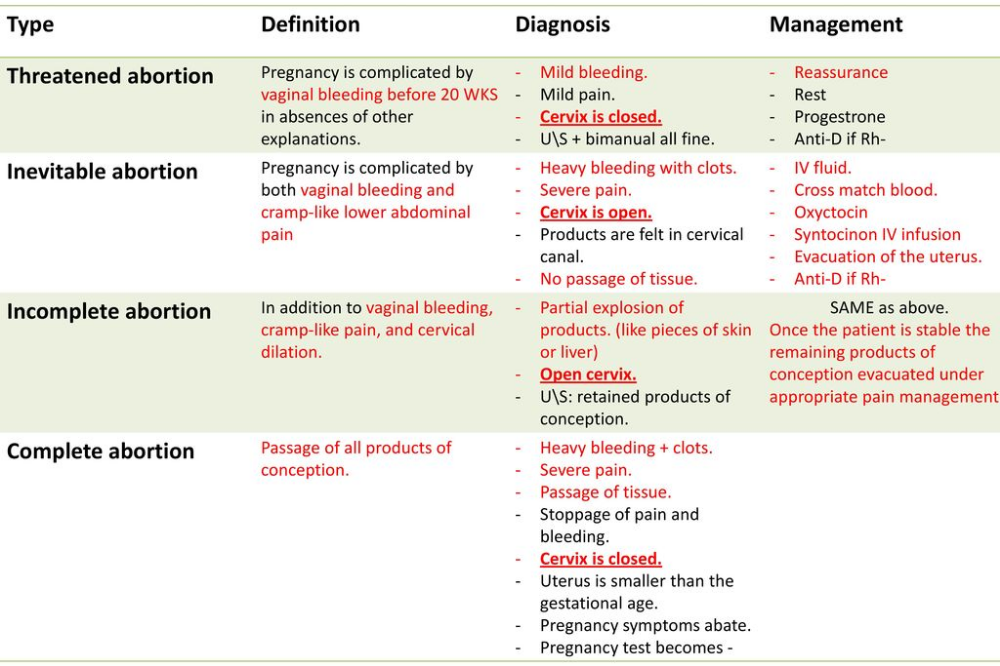 They found that 48 percent of the women who arrived with 0–2 cm of dilation delivered within the first 48 hours of admission. For the women to qualify, they had to be between 24 and 34 weeks pregnant.
They found that 48 percent of the women who arrived with 0–2 cm of dilation delivered within the first 48 hours of admission. For the women to qualify, they had to be between 24 and 34 weeks pregnant.
Though the study was small, it suggests that dilating to 1 cm before the 37th week may be a risk factor for preterm labor.
Anyone experiencing signs of labor before the 37th week should speak to a healthcare provider as soon as possible.
If a person is having Braxton-Hicks contractions, the following tips can help:
- resting while lying on the back
- drinking more water
- emptying the bladder
- taking a warm shower or bath
In most cases, having 1 cm of dilation for a few weeks before delivery will cause no complications. It does not necessarily mean that a woman will go into labor immediately or even the next day.
Dilation is just one of many ways that the body prepares for labor. It alone does not mean that labor is imminent.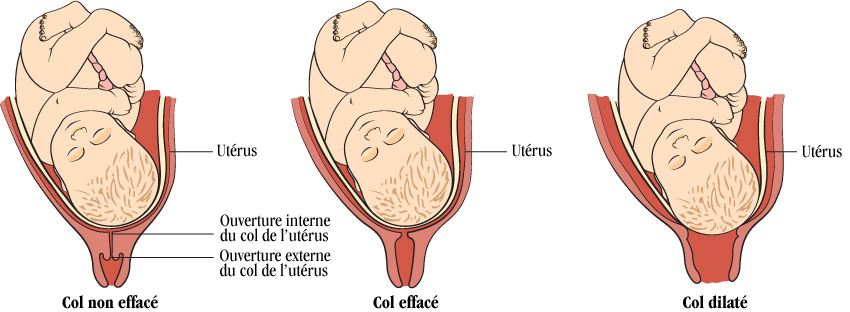
However, dilating to 1 cm very early in pregnancy can be a sign of preterm labor, and it is important to discuss this with a doctor.
How Far Can You Dilate Without Going Into Labor? Experts Explain
Pregnancy
PeopleImages/E+/Getty Images
But how far, exactly?
by Kelly Mullen-McWilliams
Updated:
Originally Published:
At some point in the third trimester, Braxton-Hicks gives way to the real deal — contractions, of course. Mine came in the middle of the night, super-villain style. When I told my OB-GYN, she checked me out and announced that I was three centimeters dilated. Surely I'd go into labor any day now, right? If you're feeling the midnight pains, or if your doctor's given you a report like mine, you might wonder, how dilated can you be without being in labor?
Can you dilate without getting contractions?
You can both dilate without contractions and you can have contractions without dilation. “The definition of labor is ‘contractions that lead to cervical dilation,’” board-certified OB-GYN Dr. Barbara McLaren, M.D., tells Romper. “You must have both contractions and dilation together for it to be considered labor.” She notes that usually dilation sans “appreciable contractions” occurs in people who have given birth before. “In general,” she adds, “I would not be concerned if the cervix was mildly dilated, meaning anything less than four centimeters, unless there are also regular, painful contractions happening as well.”
“The definition of labor is ‘contractions that lead to cervical dilation,’” board-certified OB-GYN Dr. Barbara McLaren, M.D., tells Romper. “You must have both contractions and dilation together for it to be considered labor.” She notes that usually dilation sans “appreciable contractions” occurs in people who have given birth before. “In general,” she adds, “I would not be concerned if the cervix was mildly dilated, meaning anything less than four centimeters, unless there are also regular, painful contractions happening as well.”
How dilated can you be without being in labor?
"We consider advanced dilation to be about four to five centimeters," says Megan Schmitt, M.D., a Park Nicollet OB-GYN who delivers at Methodist Hospital Family Birth Center in St. Louis Park, Minnesota. "So there are some women, who are typically moms who have had babies before, that are not in labor and walking around with a cervix of four to five centimeters. But typically after that range, labor starts. "
"
Considering you've got 10 centimeters to dilate before you have your baby, four or five means you've come a long way, baby. It also means that you can be shopping at Safeway with a super open cervix.
What causes advanced dilation before labor?
People who dilate most before labor begins tend to be multiparous: doctor-speak for people with multiple kids. The body doesn't forget a thing like childbirth, and the cervix loses some of its rigidity after you give birth once. According to McLaren, second-time pregnant parents often feel their babies kick sooner, sport their bumps a month earlier, dilate more quickly, and experience shorter second labors. (They've earned it.) “It's often the case that the more you do it, the better at it your body becomes,” McLaren tells Romper. “It's muscle memory in a way. Your body just gets smarter at it because it's done it before.”
"We consider fully dilated to be eight to 10 centimeters, and at that range I’ve never seen a woman that does not also have contractions," says Schmitt. "But if a mom is four to five centimeters, and is also having contractions, we will keep her in the hospital and can augment labor to get her to six to seven centimeters. Once a mom is six to 10 centimeters, she is technically in labor."
"But if a mom is four to five centimeters, and is also having contractions, we will keep her in the hospital and can augment labor to get her to six to seven centimeters. Once a mom is six to 10 centimeters, she is technically in labor."
As a first-time mom, my three centimeters didn't mean a whole lot, and those super-villainous contractions? They were just the trailer. The movie itself didn't start for two more weeks, and it was way more intense than advertised.
SrdjanPav/E+/Getty ImagesHow to get labor going when you're 4 cm dilated
McLaren’s biggest suggestion to get things going is staying active — be it walking or having sex to induce labor (though not everyone will feel up for this). “Walking, low-impact movement, and exercise help to get things into gear before labor and delivery,” she explains. “With sex, there's actually a chemical in semen that helps to stimulate contractions.”
Another trick she suggests is nipple stimulation. “When your nipples are stimulated, it can trigger the body to release a chemical called oxytocin, which helps you go into labor,” she says. Often, doctors will administer Pitocin, a synthetic version of oxytocin, to progress or induce labor, according to McLaren. “To stimulate the natural process of oxytocin, squeeze the nipples or practice using your breast pump,” she offers, suggesting getting your partner involved as well.
Often, doctors will administer Pitocin, a synthetic version of oxytocin, to progress or induce labor, according to McLaren. “To stimulate the natural process of oxytocin, squeeze the nipples or practice using your breast pump,” she offers, suggesting getting your partner involved as well.
If you’re 37 weeks or later, McLaren suggests a natural red raspberry leaf tea to possibly encourage contractions or evening primrose oil supplements.
Moral of the story: Everyone is different. Some cervixes remain tight as a fist until the big day. Others open early (especially if it's not their first time at the rodeo). You can walk around with dilation of four or even five centimeters, but without regular contractions, you're not in labor. But don't worry. Whether you dilate a little, a lot, or not at all, baby's on their way.
Experts:
Megan Schmitt, M.D., a Park Nicollet OB-GYN who delivers at Methodist Hospital Family Birth Center in St. Louis Park, Minnesota
Dr. Barbara McLaren, board-certified OB-GYN and co-founder of Kushae feminine wellness products
Barbara McLaren, board-certified OB-GYN and co-founder of Kushae feminine wellness products
This article was originally published on
Harbingers of childbirth - Irkutsk City Perinatal Center
Skip to content Harbingers of childbirthPreparation of the mother for childbirth takes place on all fronts - not only moral, but also physiological. For example, before childbirth, there are often so-called. Braxton Hicks contractions, or preparatory contractions. So the body prepares for the real first contractions. With the onset of real contractions, the cervix adapts to giving birth to a baby. There are two definitions for this process - "smoothing" (shortening) and "opening" (expansion). In this article, we will tell you about cervical smoothing. So you will better understand what complex processes take place in the body and how they help you at every stage. nine0003
What does cervical smoothing mean?
What is smoothing? Let's start with a tour of anatomy. The cervix is a narrow, long section of the uterus that opens into the vagina at one end and into the uterine cavity at the other. As a rule, the cervix is tightly closed and elongated (usually its length is 3.5-4 centimeters). When contractions begin, the cervix flattens, relaxes, and shortens. This phenomenon is called "smoothing".
The cervix is a narrow, long section of the uterus that opens into the vagina at one end and into the uterine cavity at the other. As a rule, the cervix is tightly closed and elongated (usually its length is 3.5-4 centimeters). When contractions begin, the cervix flattens, relaxes, and shortens. This phenomenon is called "smoothing".
The degree of smoothing is checked by the obstetrician during the vaginal examination. It is impossible to check this on your own. However, do not worry, this is a completely natural phenomenon, which will be monitored by a doctor. nine0003
How does the smoothing of the cervix work?
To imagine how smoothing goes, you need to have an idea of how the first stage of labor proceeds. It consists of two phases: a latent phase and an active one. The harbingers of childbirth include the first contractions. At the same time, the muscles of the uterus begin to contract, and the intervals between contractions become shorter. Contractions start the process of smoothing and opening the cervix in the body. It proceeds very slowly at first, but accelerates towards the beginning of the active phase of labor. nine0003
It proceeds very slowly at first, but accelerates towards the beginning of the active phase of labor. nine0003
How is expansion different from dithering?
The degree of opening is expressed in centimeters and the maximum opening corresponds to 10 centimeters.
During labor, the obstetrician will observe how flattened and dilated the cervix is. In vaginal delivery, the cervix should be completely flattened and dilated to 10 centimeters.
The approximate duration of dilation can be determined as follows: after the transition to the active phase of labor, the average dilation rate is 1-2 centimeters per hour. Of course, all births are different, and this is just an indicative value. If the doctor thinks that the birth process has stopped or the child is in danger, a caesarean section may be indicated. nine0003
Can Braxton Hicks contractions cause flattening?
If you've had occasional irregular contractions over the past few months, it doesn't mean that your cervix is flattening or dilating and that you're about to give birth. They are also called Braxton-Hicks contractions, or "preparatory", "false" contractions. Braxton Hicks contractions do not affect the cervix in any way. This is just a workout that helps the body prepare for real childbirth.
They are also called Braxton-Hicks contractions, or "preparatory", "false" contractions. Braxton Hicks contractions do not affect the cervix in any way. This is just a workout that helps the body prepare for real childbirth.
Training contractions have characteristic features that will help to distinguish them from the harbingers of childbirth, labor pains. nine0003
How do you know if the cervix is flattening?
If you have already begun regular frequent contractions, you can assume that the process of smoothing and opening of the cervix is started in the body. During childbirth, the obstetrician controls the degree of smoothing and disclosure.
Can you feel the cervix dilating and/or flattening?
At the first signs of labor, and with it the flattening and opening of the cervix, you may feel discomfort, slight cramps, or you may not feel anything at all. The process of smoothing and opening the cervix can only be monitored transvaginally, usually by a doctor.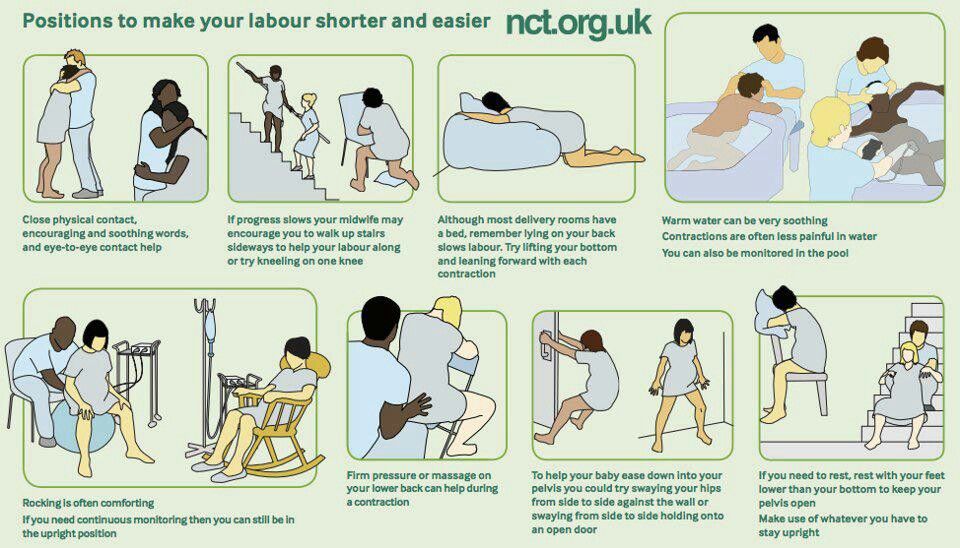 nine0003
nine0003
Flattening by itself is not a sign of labour. This is a physiological change that tells the doctor where you are in the birth process. Knowing how your body works is helpful, but it's important to remember that your doctor knows best, so just relax and focus. Very soon you will have a long-awaited baby, and all the physiological details will no longer be so important.
Reviews of the center
I want to express my deep gratitude to the staff of the departments on the 2nd and 4th floors for their professional approach to their work. Thank you all so much. Thank you IGPC for such staff!
Nadezhda Ya.
I want to express my deep gratitude to O.A. Ryazanova!
She is amazing! It not only gives powerful emotional and psychological support in childbirth, it gives a storehouse of knowledge in raising a child! God bless her and thankful patients!
Irina Yu.
Our family expresses gratitude to the entire staff of the GOC for our son.I've been there from the 1st to the 3rd floor. On the 3rd floor in conservation, on 2 gave birth, on 1 department of premature babies - and in each department I was surrounded by highly qualified specialists! Friendly service, cleanliness, delicious food. I can say for sure that after the second only to you
Alena K.
My wife and I gave birth in partnership. How I suffered. My wife was immediately taken to the operating room, and I waited near. Doctors, of course, well done, very efficient and well-functioning work. Thanks to you my son was born healthy! Professionals who are not afraid to entrust their lives! nine0044
Andrey Z.
Hello. I want to express my gratitude to the medical staff on duty on the night of October 30-31, 2020. Unfortunately, I don’t know their last names. But many thanks to the staff of the admission department, the doctors who made the decision to have an emergency CS (which saved my child's life) and the entire operating room team.
They worked very well and professionally.
Inna K.
I gave birth in May, I was satisfied with everything! The room was good, with all amenities. All doctors are specialists, thanks also to neonatologists. nine0044
Xenia S.
I express my deep gratitude for the support and help in my birth to the wonderful professionals obstetrician Svetlana and doctor German Gennadievich and the whole team of doctors. Thank you from the bottom of my heart!
Evgeniya B.
I would like to leave a review to my doctor, whom I see. Sydykova Ainura Karimberdievna is a professional in her field. Very competent gynecologist, knows the answers to any questions, very attentive, kind. One feels a lot of experience in the antenatal clinic. In my opinion, this is an even more important stage than the birth itself. Therefore, I am very grateful to fate that brought me to such a doctor.All my fears and worries were resolved in time. Thank you so much!!! nine0044
Julia K.
Page load link Go to TopAnd the walls help? How safe is home birth | Healthy life | Health
Elena Nechaenko
Estimated reading time: 5 minutes
1709
AiF Health No. 7. What are the benefits and harms of salt for the body? 14/02/2017Shutterstock.com
Our expert - gynecologist, candidate of medical sciences Rimma Antonova .
A fairy tale, and nothing more!
It has become fashionable to give birth at home today. It is understandable why. Neither the aggressive light of lamps in the delivery room, nor frightening devices, nor strict instructions and shouts, or even outright rudeness on the part of midwives.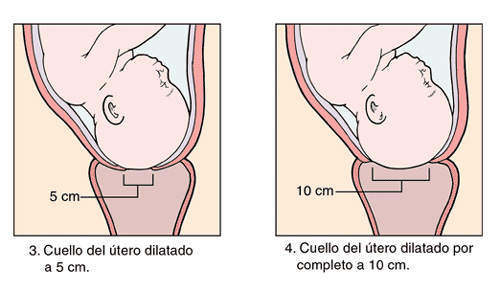 Without stimulation and anesthesia. Without haste, but as nature intended. At the same time, due to the lack of stress, the process itself proceeds with less pain. A woman in labor is surrounded only by close people and trusted persons (as a rule, this is a spiritual midwife). The child is accepted and the umbilical cord is cut off by the excited and touched father, which, it is believed, forever strengthens the spiritual bond between them. Mom immediately puts the newborn to the breast, which strengthens his immunity. The baby is born in psychological comfort, without the slightest violence, which, as advocates of home births assure, will help him to be stronger both physically and mentally. In general, an idyll, and nothing more. But is it really so? nine0003
Without stimulation and anesthesia. Without haste, but as nature intended. At the same time, due to the lack of stress, the process itself proceeds with less pain. A woman in labor is surrounded only by close people and trusted persons (as a rule, this is a spiritual midwife). The child is accepted and the umbilical cord is cut off by the excited and touched father, which, it is believed, forever strengthens the spiritual bond between them. Mom immediately puts the newborn to the breast, which strengthens his immunity. The baby is born in psychological comfort, without the slightest violence, which, as advocates of home births assure, will help him to be stronger both physically and mentally. In general, an idyll, and nothing more. But is it really so? nine0003
Trust, but verify
In Russia, childbirth outside the maternity hospital occurs in about 1% of cases (this does not necessarily happen according to the mother’s idea, sometimes a pregnant woman simply does not have time to get to the hospital and she has to give birth at home, or even in “field conditions”) . It is officially forbidden to conduct home births in our country (unless, of course, this is an emergency situation). Therefore, future mothers, deciding on such an extreme, should at least very carefully assess their health and analyze how the pregnancy is proceeding, as well as carefully approach the choice of a midwife. Alas, usually, if something goes wrong with a mother or baby during childbirth, midwives simply run away (after all, they face a criminal case). In addition, the expectant mother should take into account that a neonatologist is not present at the birth at home, and the newborn may need the help of this specialist. nine0003
It is officially forbidden to conduct home births in our country (unless, of course, this is an emergency situation). Therefore, future mothers, deciding on such an extreme, should at least very carefully assess their health and analyze how the pregnancy is proceeding, as well as carefully approach the choice of a midwife. Alas, usually, if something goes wrong with a mother or baby during childbirth, midwives simply run away (after all, they face a criminal case). In addition, the expectant mother should take into account that a neonatologist is not present at the birth at home, and the newborn may need the help of this specialist. nine0003
Is it worth the risk?
Home birth unfortunately poses a potential risk to the mother-to-be, sometimes fatal if she develops postpartum hemorrhage. Indeed, if an urgent blood transfusion is not performed at this moment, a woman in labor can die or remain disabled in a matter of minutes. If the afterbirth does not go away for a long time (and childbirth at home involves waiting until everything happens by itself), the woman can also be seriously affected. Finally, a child may die - after all, it is impossible to guarantee the absence of such complications as strangulation by the umbilical cord or sudden hypoxia, even with a normal pregnancy. nine0003
Finally, a child may die - after all, it is impossible to guarantee the absence of such complications as strangulation by the umbilical cord or sudden hypoxia, even with a normal pregnancy. nine0003
Unfortunately, there are simply no statistics on home births in Russia. And most often, women and children who died as a result of them replenish the statistics of maternal and perinatal mortality in maternity hospitals. After all, it is there that home-grown women with severe complications are brought.
Childbirth at home can be considered safe only if there are no contraindications, they are taken by an experienced specialist, and at the entrance during the whole process there is a car filled with a medical team (obstetrician-gynecologist, anesthetist, neonatologist) and fully equipped with resuscitation equipment. Then, if something goes wrong, the woman and the child will be able to provide timely assistance. Unfortunately, it is not possible to meet all these conditions. And to hope that in which case the ambulance will take you is dangerous.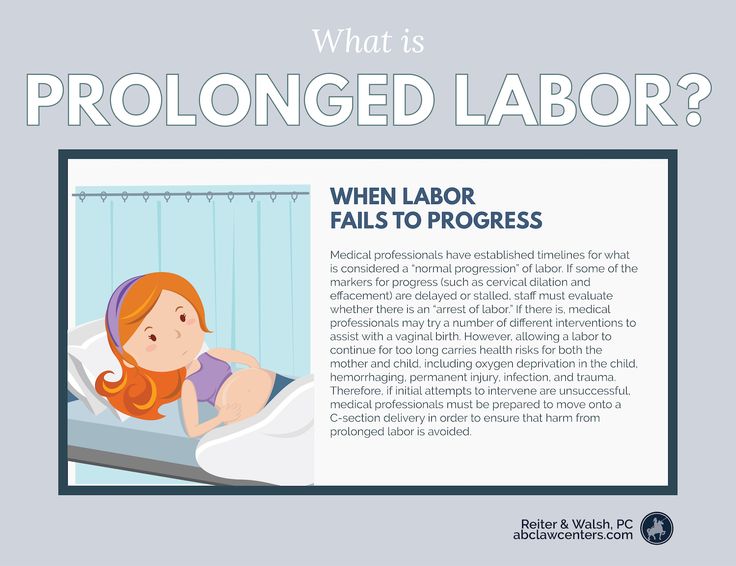 After all, you may not be in time - traffic jams are now not only in the capital. nine0003
After all, you may not be in time - traffic jams are now not only in the capital. nine0003
Make yourself at home
Unpleasant surprises at home birth are possible, even if the pregnancy was uneventful. And with already existing complications and even more so. Therefore, despite all the disadvantages of official obstetric care (most of which, by the way, can be avoided if desired), there is no safe alternative to hospital births today.
In addition, modern women in labor have a lot of opportunities to give birth in a new way. There are, for example, institutions where the whole process is as close to natural as possible - the free behavior of a woman in childbirth is welcomed, stimulation and anesthesia are not practiced, doctors are in no hurry to use medicines, the presence of relatives is allowed, the baby is placed on the mother’s chest immediately after birth and then left together in the ward. They are discharged home already on the third day, thereby reducing the risk of nosocomial infections.![]()




